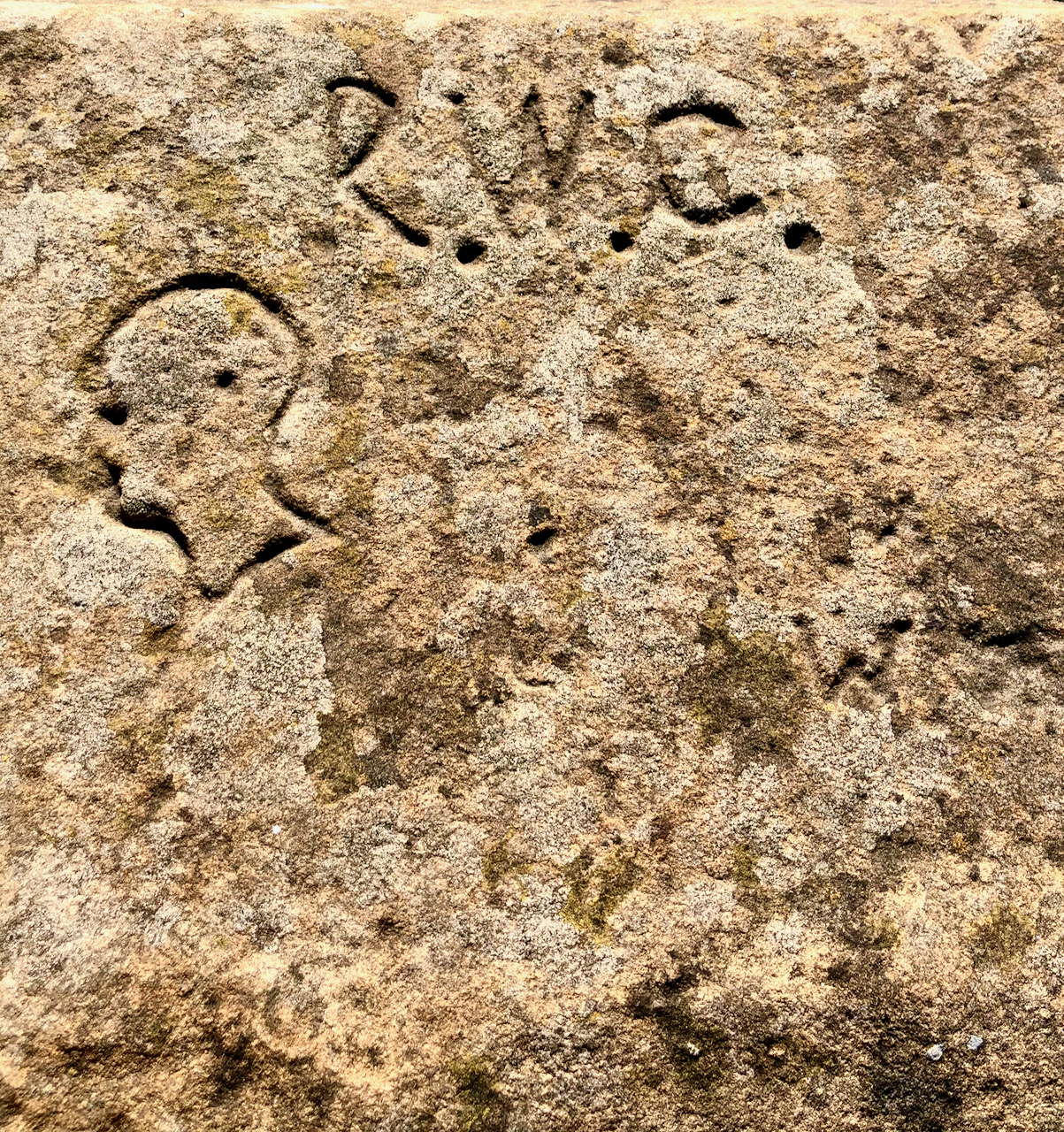
The earliest known figurative representation of the human form depicts an exaggeratedly proportioned pregnant woman carved from mammoth tusk.
That Hohle Fels Venus, discovered in 2008 in southern Germany, is at least 35,000 years old. According to its finder, Nicholas Conard, it ‘radically changes our views of the context and meaning of the earliest Palaeolithic art’.
The normally proportioned man’s head shown here was discovered on Wednesday 14 April 2021. It is inscribed on the parapet coping stone of the bridge crossing the former Edinburgh, Perth & Dundee Railway line at Easter Warriston.

The carving is clearly quite old, but can be dated only loosely to around 1849 at the earliest (when the bridge was constructed). It tells us little about the context and meaning of our ancestors’ art, other than that some of its exponents enjoyed adding to railway architecture as much as some of ours do today.
Has the artist’s identity been passed down the generations in family lore? Do the nearby initials R.W.C. confirm their identity? Readers’ insights are welcome.




